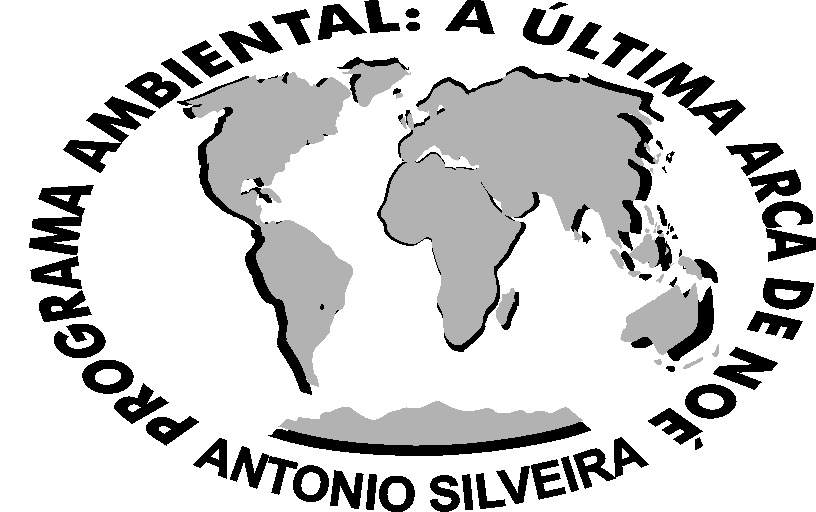
BRAZIL'S ECOSYSTEMS

BRAZIL'S ECOSYSTEMS
Mangrove Swamp
(Life Birthplace)
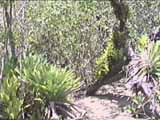
Extension
- there are swamps in almost all the continents
that are in tropical and subtropical regions, reaching bigger extensions
in estuaries or places of plane geography, where tide has bigger flux.
- In Brazil it represents an area of 25.000 Km2, and
occurs in almost all Brazilian coast, from Oiapoque to Laguna in Santa
Catarina (Schaefer-Novelli;1995).
Characteristics
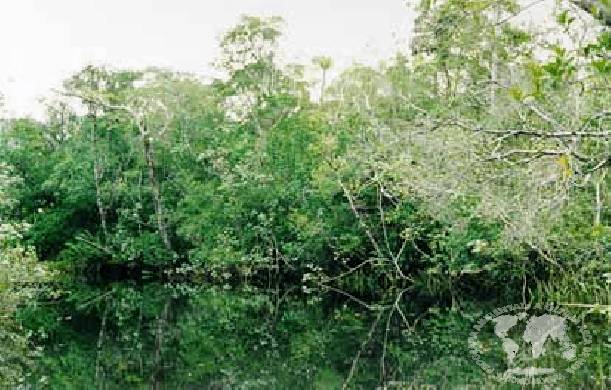 The
fact of swamps being the sea sideboard and the link between this and land,
makes them receiving very rich organic composes as leaves remains, animals
excrements and mineral salts of the own land, by the strong of tide,
giving them a distinct function in the biological conditioning, being
favorable to high production (Schaefer-Novelli;1991).
The
fact of swamps being the sea sideboard and the link between this and land,
makes them receiving very rich organic composes as leaves remains, animals
excrements and mineral salts of the own land, by the strong of tide,
giving them a distinct function in the biological conditioning, being
favorable to high production (Schaefer-Novelli;1991).
Besides of strong energetic solar basis,
provide data of another natural energy fonts, being a system that produces
an excedent of organic matter, which can be exported to another systems or
stored. (Odum, 1988).
As said by Walter Larcher (1986) "the
ecological systems are capable of auto-rules equilibrating the
interference relations because of the big adaptation capacity of its live
organisms", from which can be concluded that if there is a not
normal overloading, there will be a damage unbalance, in a way that there
is a limit support that must be respected, and the swamps' ecosystem
follows the same rule.
The high salinity which it is exposed
to, and the lack of oxygen in its soil, make this ecosystem so particular,
demanding a lot of efforts of the vegetal components, being necessary a
high level of specialization in its flora, reducing the vegetal diversity
to some species that are highly adapted to its special conditions, and
consequently also reduces the animal diversity.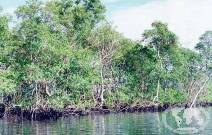
Flora
The swamps of the New World have less than tem
species and from the Old World more than 40, but besides this fact, the
swamps that occur in the NW of the American Continent and from the
oriental region of Venezuela coast (Golfo de Paria) up S.Luis, Maranhão (Brazil)
have reached bigger development because of the pluvial precipitation and
of big tides. (Schaeffer-Novelli, 1990 ).
In the Brazilian Swamps there are three
vegetal species that are predominant:
Rhizophora mangue ;
Avicennia schaueriana; and
Laguncularia racemosa.
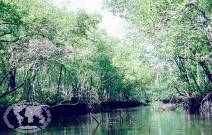
Reproduction ways
The big majority of swamp typical trees
presents viviparity reproduction, which consists in the permanence of
mother-trees seeds up they are transformed in embryos. Besides these
species that settle the swamp's mainly characteristics, there are another
vegetal forms as a lot of epiphytes species as bromeliads. There are also
another graminea species.
Associated Fauna
We can also find in this
ecosystem:
insects;
mollusks;
crustacean;
mammals;
amphibians and;
birds.
Mainly swamps functions
Form a protective barrier from riverside population, lowing flooding;
Protect the land because of the sea strength, retaining soil sediments;
Filter polluters, reducing the beaches contamination;
It is a good feeding font for the riverside population;
It is an enormous plankton generator;
Feeding font of fishes, mollusks and crustaceans, mainly.
Protective Legislation
- Brazilian Federal Constitution,
art.225, § 4º, considering the coast zone as national patrimony, and
observing the environmental protection is a must. .
Conclusion
After all that was written, we
can conclude that swamps form a very special and unique ecosystem, which
has fundamental importance in the generation and production of animal life,
mainly marine, being considered in the scientific world as "life's
birthplace".
In Brazil its preservation has big
legal prevision, lacking a bigger conscious of the importance of its
preservation and effective application of its protective legislation and
for being highly threatened by the antropic action, must have our
attention for its preservation, or we are going to be collaborating with a
possible collapse in the hydrosphere. (SANTOS, 1996 ).
Video
(Cubatão Mangrove - São Paulo)
All Rights Reserved